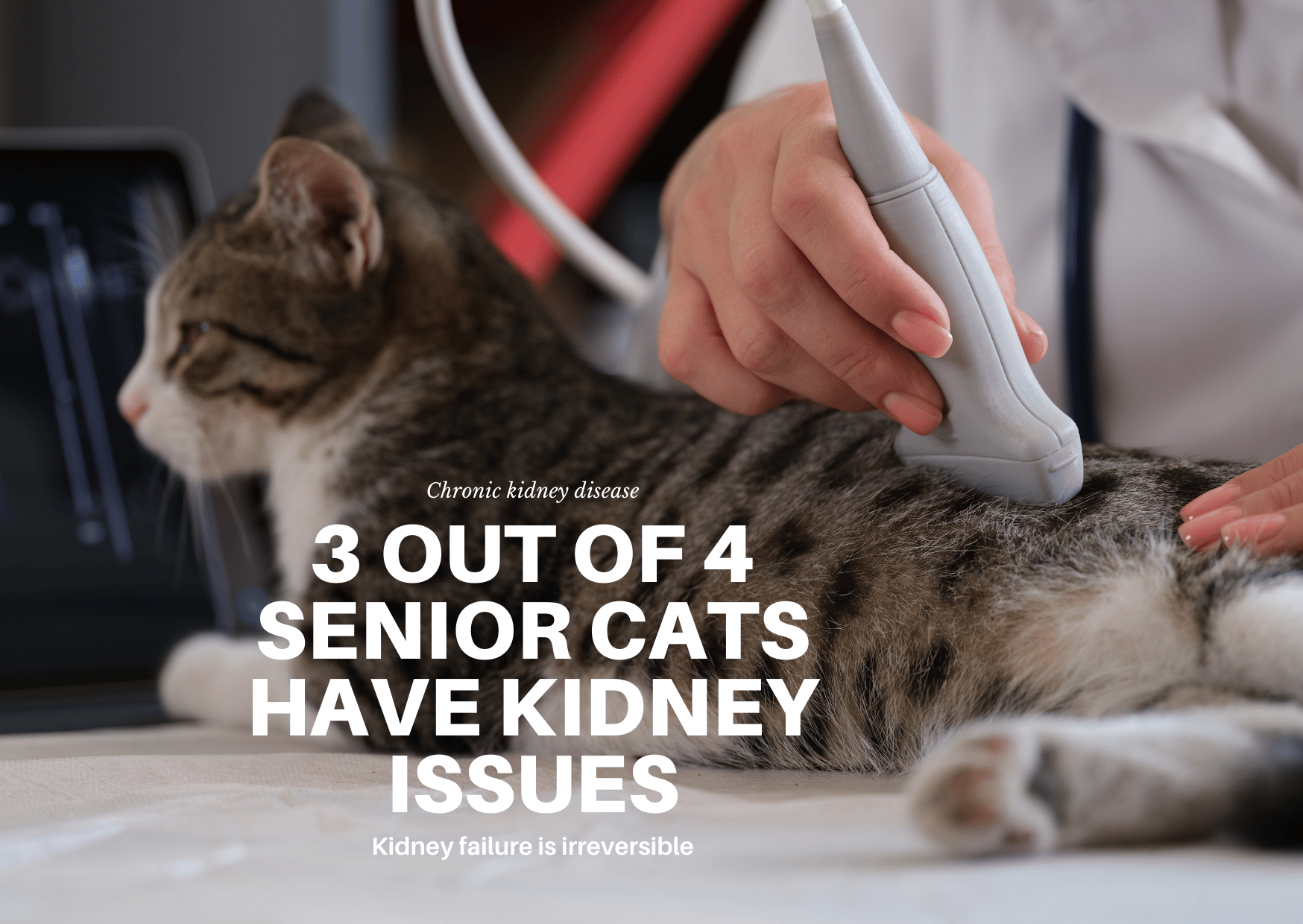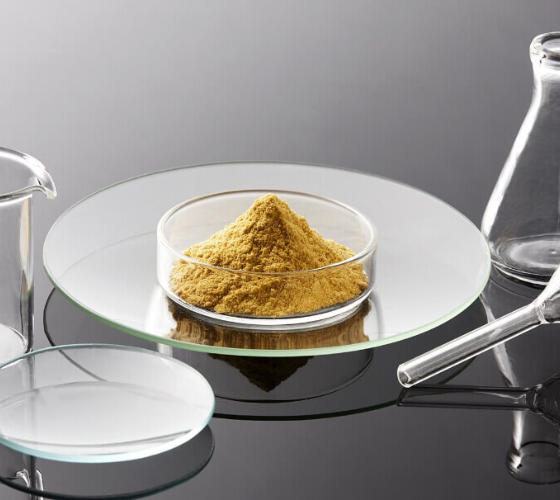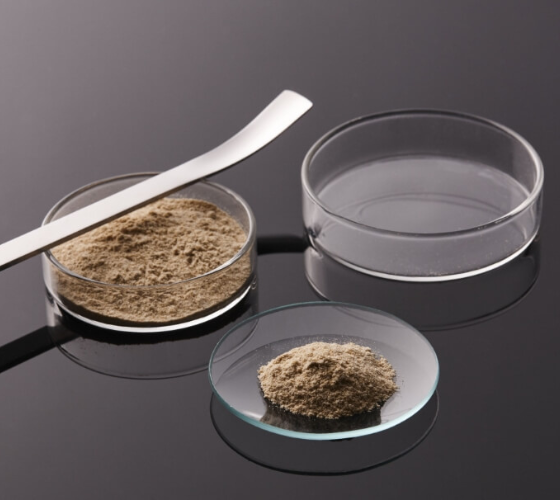3 Out of 4 Senior Cats Have Kidney Issues...Kidney failure is irreversible

Chronic kidney disease, as the name suggests, is a quiet and slowly progressing kidney disease. Therefore, there are almost no symptoms in the early stages, making it difficult to detect. Although the saying "prevention is better than cure" is widely known, how many actually practice it?
Many pet parents know that chronic kidney disease is one of the leading causes of death in cats and dogs, but the scary part is that most of them still do not realize how serious it is and how likely it is to occur in our pets.
According to statistics, among senior cats over 7 years old, 3 out of 4 have kidney problems, with an incidence rate as high as 75%! Don't think that kidney disease is exclusive to cats; elderly dogs aged 10-15 years also have a high chance of developing it.
It is especially important to note that while we often think of chronic kidney disease as a disease for older pets, in reality, it can occur in pets of all ages!
Be aware of these symptoms when your pet's kidneys are failing.
Nephrons are the cells that make up the kidneys. Once damaged, they cannot be regenerated, similar to spilled water. To maintain functionality, the remaining nephrons have to work harder, creating a vicious cycle.
Based on veterinarians' clinical experience, here are some noticeable symptoms:
- Increased thirst and urination, with frequent water intake: Because chronic kidney disease impairs the ability to concentrate urine, pets need to drink more water to compensate.
- Poor appetite, even refusal to eat.
- Rapid weight loss.
- Decreased energy and increased sleep time.
Other symptoms may include vomiting, pale oral mucous membranes, constipation or bloody stools (black stools), convulsions, and abnormal behaviors such as eating cat litter or licking concrete walls in cats.
As mentioned earlier, it is difficult to detect abnormalities in the early stages of the disease. By the time pets show the above symptoms and are diagnosed with chronic kidney disease by a veterinarian, the kidneys usually have only 25% functionality left, nearly reaching the end stage.
- Keep the water fresh and clean: Some pets are picky and won't drink dirty water. Remember to change the water at least once a day (two to three times is better), and wash the water bowl before refilling it.
- Choose the right water bowl: Test different materials to see which your pet prefers. Some cats don't like their whiskers touching the bowl, so try using a wider container.
- Have water bowls everywhere: Place water bowls throughout the house, especially along your pet's daily routes, to make drinking water more convenient.
- Flavor the water: Add a little honey or broth to make the water more appealing.
- Provide flowing water: Some pets are curious about flowing water, which can increase their desire to drink. Try DIYing a flowing water dispenser using a fish tank pump to see if your cat likes it.
- Switch to wet food: Most pets eat dry food, which only contains about 10% water. Wet food contains about 70% water, significantly increasing water intake.
2. Regular health checks for early detection and treatment
- Blood tests: "Increased thirst and urination" can sometimes be caused by other endocrine diseases, so blood tests can help screen for them.
- SDMA test: SDMA levels rise when kidney function drops by about 25%, making it useful for early detection of kidney disease. Factors like muscle mass, age, and disease status have less impact on SDMA. Annual screening is recommended.
- FucoBalan® Laminaria Japonica Fucoidan Fucoxanthin Extract is extracted from large brown algae in the deep sea, providing rich natural nutrients to promote appetite and maintain health.
- L-carnitine is a water-soluble amino acid that helps with metabolism and toxin elimination. Its production decreases when kidney function declines.
Supplements need to be fully absorbed by the body to be effective. FucoBalan® uses unique low molecular weight extraction and encapsulation technology to help pets absorb it better.
In summary, chronic kidney disease is a slow and irreversible disease. While it mostly affects older pets, it can occur at any age. Its incidence and mortality rates are very high. Once it develops, dietary and treatment measures can only delay disease progression as much as possible.
To prevent chronic kidney disease from slowly taking away your pet's health, adhere to the three principles: proper diet and adequate hydration, regular health checks, and providing specialized supplements. This way, you can better protect your pet's health and enjoy more time together.
Reference: https://www.hiq-pets.com/article/85




